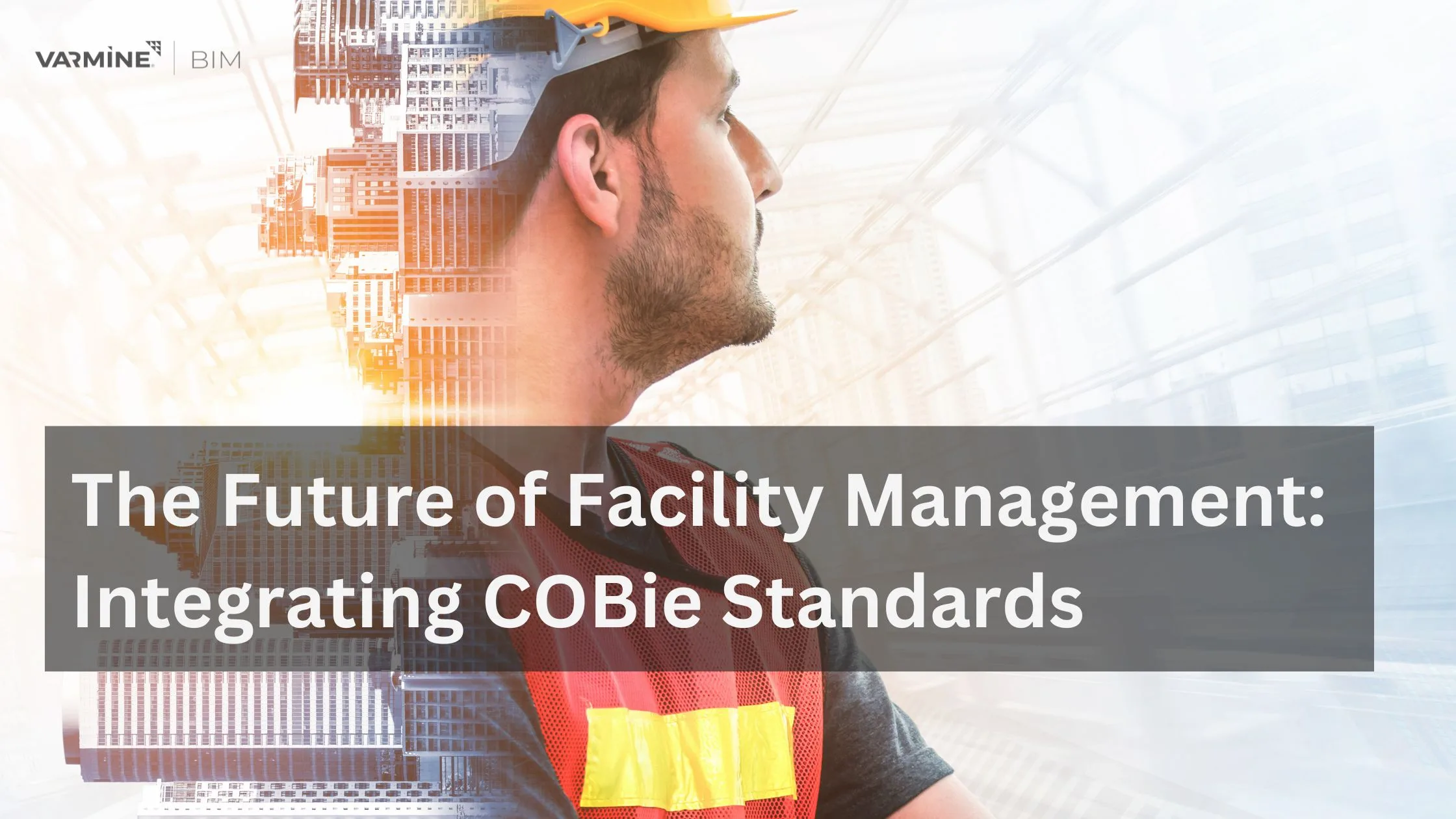
Table of Contents
Facility management is undergoing a significant transformation, driven by technological advancements and a growing emphasis on efficiency and sustainability. One of the key developments shaping the future of facility management is the integration of Construction Operations Building Information Exchange (COBie) standards. COBie offers a structured format for organizing and sharing information about building assets, providing a foundation for improved facility management practices. In this blog post, we will explore the importance of COBie standards in shaping the future of facility management and how organizations can leverage them to enhance operational efficiency and effectiveness.
Understanding COBie Standards
Construction Operations Building Information Exchange (COBie) standards were developed to address the challenges associated with managing building information throughout the facility lifecycle. COBie provides a standardized format for capturing and organizing essential information about building assets, including equipment, spaces, and maintenance requirements. By standardizing data formats and delivery methods, COBie facilitates seamless information exchange between different stakeholders involved in the design, construction, and operation of facilities.
Benefits of Integrating COBie Standards in Facility Management
Enhanced Data Accessibility and Transparency
COBie ensures that relevant information about building assets is readily accessible to facility managers, enabling them to make informed decisions about maintenance, repairs, and upgrades.
By centralizing data in a standardized format, COBie promotes transparency and collaboration among stakeholders, leading to more efficient facility management processes.
Improved Asset Lifecycle Management
COBie captures detailed information about building assets, including installation dates, maintenance schedules, and warranty information.
By providing a comprehensive overview of asset lifecycle stages, COBie enables facility managers to optimize maintenance schedules, extend asset lifespan, and minimize downtime.
Streamlined Maintenance Operations
COBie facilitates the integration of building information with computerized maintenance management systems (CMMS), enabling automated work order generation and streamlined maintenance workflows.
With COBie-compliant systems, facility managers can track asset performance, monitor maintenance activities, and identify potential issues proactively, reducing the risk of costly downtime.
Cost Savings and Efficiency Gains
By optimizing asset lifecycle management and streamlining maintenance operations, COBie help organizations reduce operational costs and maximize resource efficiency.
Improved asset performance and reduced downtime translate into tangible cost savings over the facility lifecycle, making COBie integration a cost-effective investment for organizations.
Challenges and Considerations
While the adoption of COBie standards offers numerous benefits for facility management, organizations may encounter challenges in implementing and maintaining COBie-compliant systems.
Data Integration Complexity: Integrating COBie with existing facility management systems and workflows may require significant effort and resources.
Training and Skills Development: Facility management personnel may require training to effectively utilize COBie-compliant tools and systems, highlighting the importance of investing in skills development initiatives.
Data Quality and Accuracy: Ensuring the accuracy and completeness of COBie data requires ongoing maintenance and quality assurance processes to address data entry errors and inconsistencies.
Interoperability and Standardization: Achieving seamless interoperability between different software platforms and systems remains a key challenge in the implementation of COBie.
Future Trends and Opportunities
Looking ahead, the future of facility management will be shaped by ongoing advancements in technology and evolving industry standards. Key trends and opportunities include:
Integration with Building Information Modeling (BIM): The integration of COBie standards with BIM platforms holds the potential to further enhance data interoperability and collaboration across the building lifecycle.
IoT and Sensor Technology: The proliferation of IoT devices and sensor technology presents new opportunities for real-time monitoring and predictive maintenance in facility management.
Artificial Intelligence (AI) and Predictive Analytics: AI-powered analytics tools can analyze COBie data to identify patterns, predict maintenance needs, and optimize facility performance.
Sustainability and Green Building Initiatives: COBie can support sustainability efforts by providing insights into energy usage, environmental impact, and building performance metrics.
Conclusion
The integration of COBie represents a significant step forward in the evolution of facility management practices. By standardizing data formats and facilitating information exchange, COBie enables organizations to streamline maintenance operations, optimize asset lifecycle management, and achieve cost savings. While challenges exist, the benefits of COBie integration far outweigh the initial investment, positioning organizations for success in the future of facility management. As technology continues to evolve, embracing COBie standards will be essential for organizations seeking to enhance efficiency, sustainability, and performance across their built environments.
